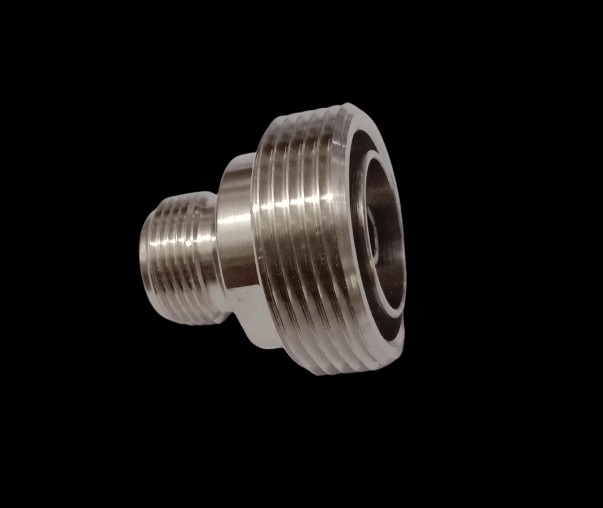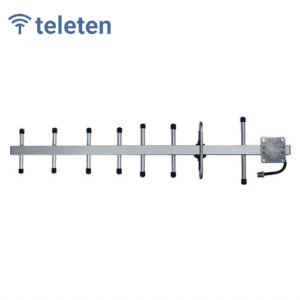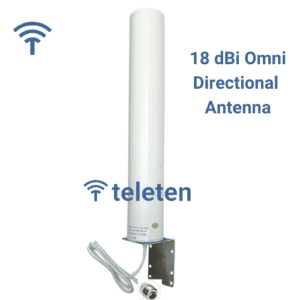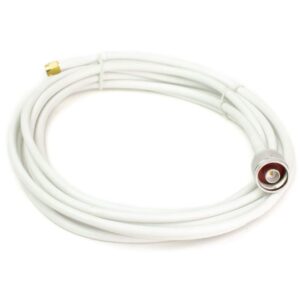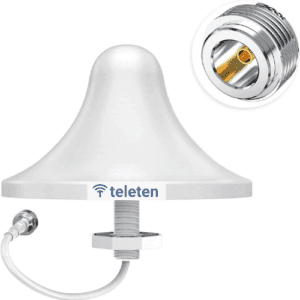Specifications:
- Connector Types:
- DIN Female:
- Connector Type: DIN (Deutsches Institut für Normung)
- Gender: Female (with a central socket and surrounding shield)
- N Female:
- Connector Type: N-Type
- Gender: Female (with a central socket and surrounding shield)
- DIN Female:
- Frequency Range:
- Up to 7.5 GHz: The adapter is designed to perform reliably at frequencies up to 7.5 gigahertz, suitable for high-frequency RF and microwave applications.
- Impedance:
- Typically 50 Ohms:
- DIN Connectors: Often 50 ohms, used for RF applications.
- N Connectors: Also typically 50 ohms. Ensuring impedance matching between the adapter and your system is important to avoid signal reflection and loss.
- Typically 50 Ohms:
- Mechanical Construction:
- Material: Usually constructed from high-quality metals such as brass or stainless steel, often with nickel or gold plating to enhance conductivity and resist corrosion.
- Design: Designed to provide a secure and reliable connection between DIN Female and N Female connectors, maintaining signal integrity.
- Applications:
- RF Testing: Connecting RF equipment or devices with DIN and N connectors in test environments.
- Communication Systems: Bridging connections between devices or cables with DIN and N connectors.
- Microwave Systems: Connecting components in high-frequency microwave systems.
- General RF Applications: Where a transition between DIN and N connectors is needed.
- Typical Features:
- Low Signal Loss: Designed to minimize signal degradation and ensure efficient signal transfer between different connector types.
- Durability: Built to handle frequent use and provide reliable performance over time.
Usage Tips:
- Confirm Impedance Matching: Ensure that the impedance of the adapter (typically 50 ohms) matches that of your equipment to prevent signal issues and reflections.
- Check Frequency Range: Verify that the adapter’s frequency range (up to 7.5 GHz) meets the requirements of your application. For applications requiring higher frequencies, consider an adapter with a higher frequency rating.
- Ensure Secure Connections: Properly connect the DIN Female plug to the DIN Male socket and the N Female plug to the N Male socket to avoid loose connections that could lead to signal problems.
- Inspect Regularly: Periodically check the adapter for signs of wear or damage to ensure continued optimal performance.
This DIN Female to N Female adapter is a versatile and practical component for connecting or transitioning between DIN and N connectors, making it valuable for RF testing, communication systems, microwave applications, and other high-frequency uses.

